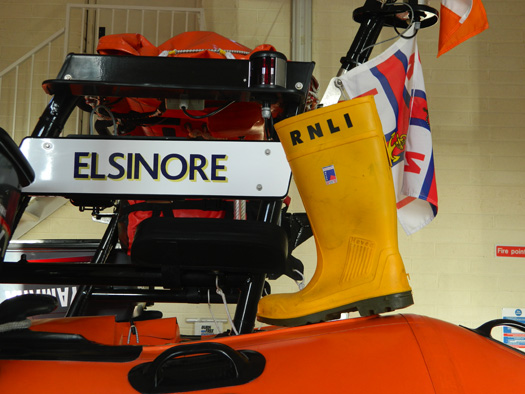#RNLIMayDay - Sligo Bay RNLI in Rosses Point is counting down this week to Mayday, the charity’s annual national fundraising campaign in Ireland.
Now in its second year and running nationwide, from this Wednesday 1 to Bank Holiday Monday 6 May the RNLI is asking the public to 'give it some welly' and help its volunteers to continue to save lives at sea.
Encouraging the people of Sligo to support their local lifeboat station this week is one man who experienced first-hand the lifesaving work of the RNLI volunteers based in Rosses Point, when he was rescued in 2011.
"I guess it is always nice to know the orange boat will be coming up the bay looking for you if you get into difficulty," he said, "so remember to call as soon as you know you are in trouble."
With a fun theme in mind, the Mayday appeal is calling on people to lend their support by either purchasing a special RNLI Mayday yellow welly key ring which will be on sale for €2 in various schools in Sligo during the campaign, or by organising their own yellow welly fundraising event.
The yellow welly is an essential piece of the RNLI volunteer lifeboat crew member’s kit. Waterproof with steel-capped toes, the specially designed boots keep the volunteer crew’s feet warm and dry while also protecting them in dangerous conditions on deck.
During gale force winds, rain and ice, keeping a sure footing can literally mean the difference between life and death for volunteers. A pair of yellow wellies for crew members costs €50.
The public can also join in the social media campaign and help the RNLI raise awareness of its lifesaving work this Mayday.
All you have to do is take a photo of yourself holding an RNLI Mayday yellow welly key ring and tweet the phrase ‘I am giving it some welly for the RNLI this Mayday’ including the hashtag #RNLIMAYDAY and mentioning @RNLI.
For more information on how you can get involved or where you can purchase a key ring, log on to rnli.org/mayday
































































